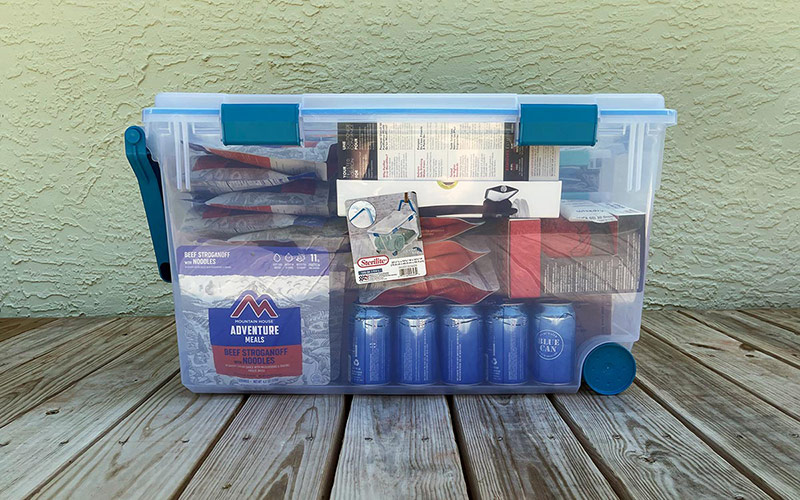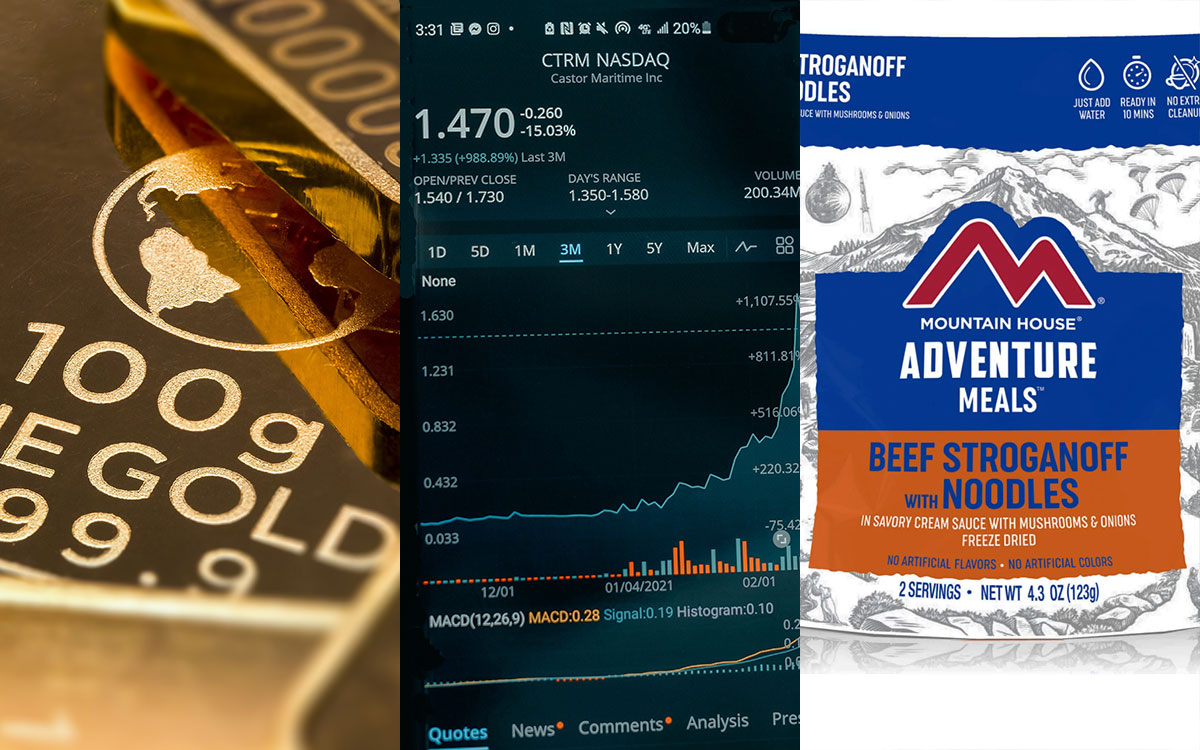Recently three major banks were in the news. Due to poor decisions on the part of their leadership, they were in deep financial trouble. Without intervention they would collapse. Depositors with funds exceeding the insured limit came very close to losing much of their money.
Others have their life savings invested in various stock markets. These generally have no insurance at all. If the stocks lose value, one’s life savings would simply disappear into thin air.
To be clear, we’re not at all suggesting that one shouldn’t trust the banking system or should pull their investments out of the stock market. Still, financial experts often say that it’s a good idea to have a diversified portfolio.
One question that has to be asked, however, is in the event of a financial, social, health, or political crisis, how much value will your investments have? If you can’t access your bank funds and the stock markets are closed for a lengthy time, how will these investments help you?
Many who’ve thought through this have decided to diversify their investments by purchasing gold. The thinking is that at least gold will likely never lose all its value, and if I keep it on hand I can use it to barter or trade during very difficult times. The trouble with this is that one cannot eat or drink gold. In very difficult times, gold would be nice to have, yet one has to wonder who would be willing to trade food or water for gold if food and water were in very short supply.
Like many others, my wife and I have relatively very little to invest. We made life decisions that were very meaningful to us, and yet that did not result in financial wealth. This being the case, we do what we can to set aside some funds for when we’re even older than we are now. In addition, we’ve also chosen to invest in a slightly different way than many others.
Specifically, every so often we store inexpensive, bulk food in mylar bags and store them in five-gallon buckets. We also ensure that we have access to a good supply of clean drinking water. Finally, a few times a year we try to purchase freeze-dried food such as Mountain House products. With some careful planning, supplies like this can be stored for twenty to thirty years or more. We try to plan so that we can have enough for ourselves, our extended family, and if possible a few friends and neighbors during a difficult stretch of time.
We pictured below just one example of how we set aside some Mountain House products.

This 120 quart container measures 29x19x16 inches. It holds 34 pouches of Mountain House food in a variety of flavors. These hold two servings each. It also has 34 twelve-ounce “Blue Cans” of water, which are made to last fifty years unopened. These would be used to prepare the freeze-dried meals. Along with these are an MSR stove, gas canisters, an MSR water filter, and various other items. In short, this one container could feed an individual for over a month on 600 calories per day.
I’ve actually tested this theory a few times. Every so often my wife has to travel. When she does, I sometimes break out a few pouches of Mountain House. I find these much more delicious than anything I can make on my own. This may sound amusing, yet I’m serious. I consider life without my wife to constitute a food emergency.
All kidding aside, we hope that you are among those who have far more funds to invest than we do. We sincerely hope that your savings and investments will remain sound, and will return outstanding dividends for decades to come. And yet, it still may be a good idea to set aside something you can consume in case of hard times, and this may be a good time to do so.
We say this because over the past few years there were long periods during which Mountain House and suppliers of similar items were out of stock of almost everything. This was likely due to panic buying in association with the Pandemic. Right now it seems that almost everything is in stock. This being the case, it might be wise to purchase a few things now while they are readily available.
As always, remember that Panoplia.org has no affiliate relationships with manufacturers or retail suppliers, nor do we participate in third-party advertising. We simply share our views about gear and supplies that work well for us under hard use.




0 Comments